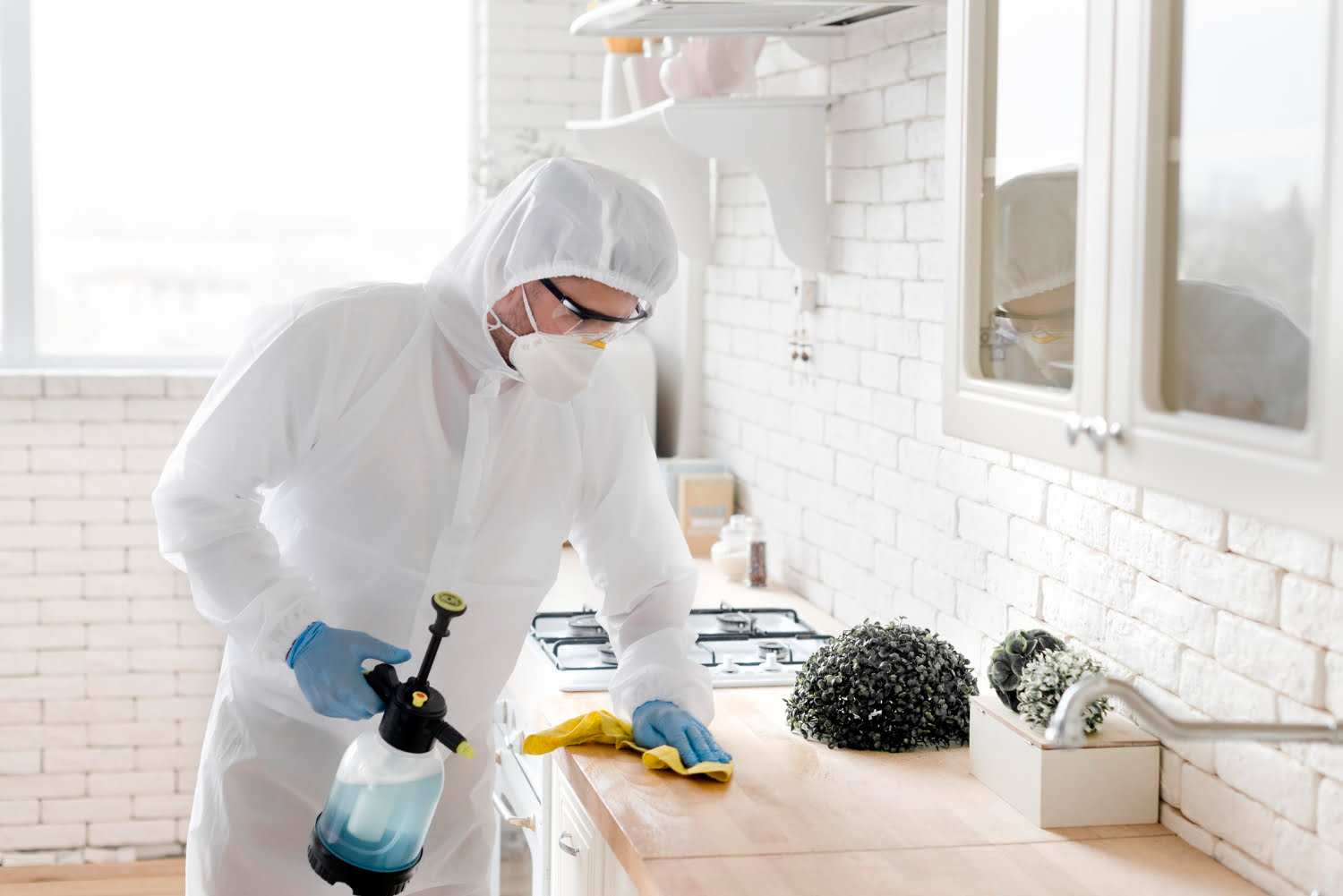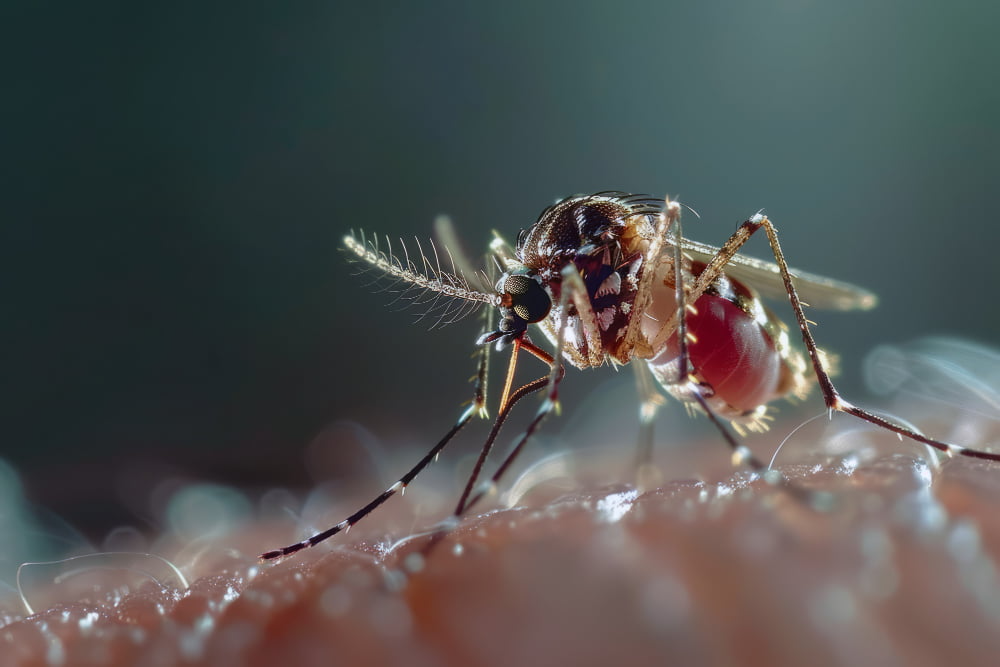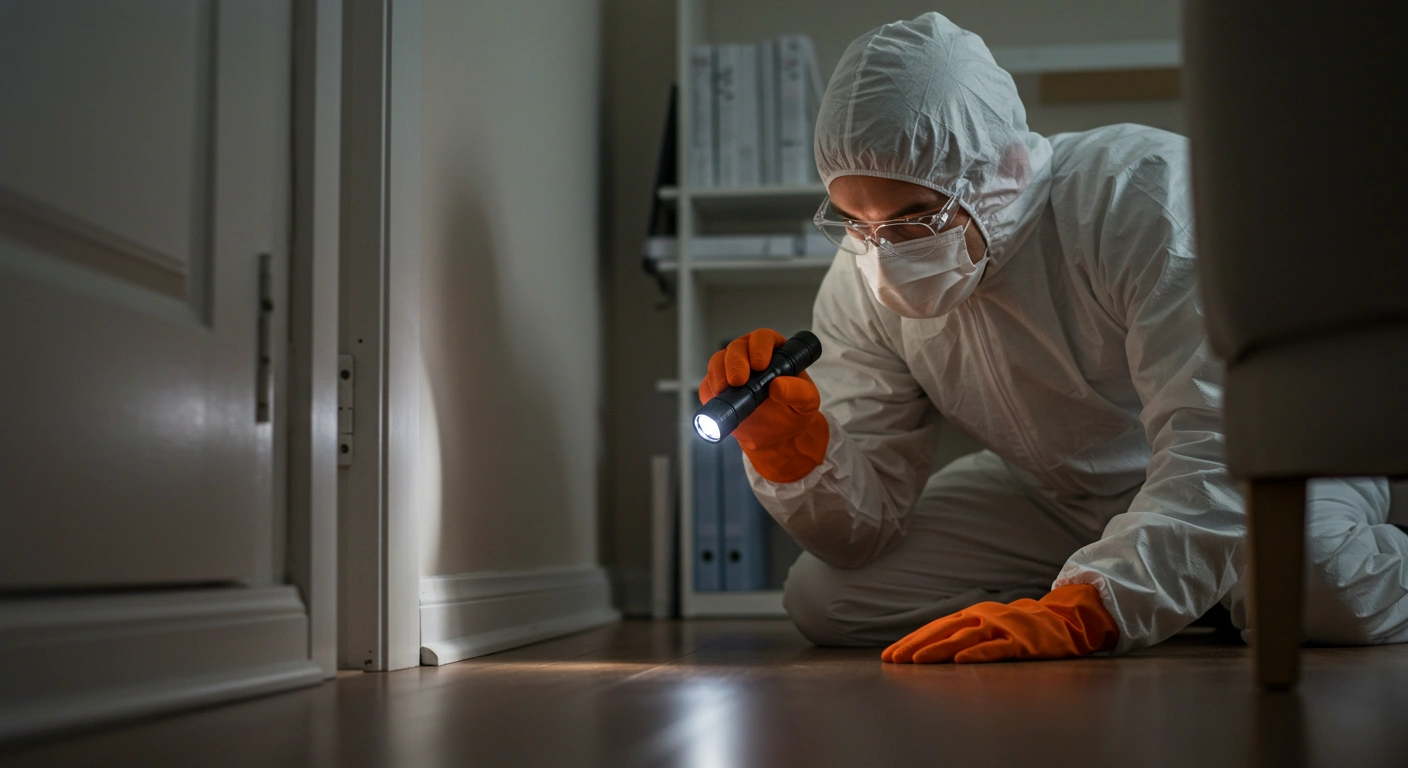After pest control treatment, many homeowners are left wondering what to do after pest control to ensure the best results and safety for their family. Whether you’ve had treatment for ants, termites, rodents, or other common pests, it’s essential to follow proper steps post-treatment. These actions will not only help you maintain a pest-free home but also ensure that your living space is safe for everyone. In this guide, we’ll explore essential steps you should take after pest control to achieve long-term pest management success.

1. Follow the Pest Control Company’s Instructions
The most important thing to do after pest control is to follow the instructions provided by your pest control professional. These instructions may vary depending on the type of treatment used, whether it’s chemical-based or non-chemical, and the type of pests being targeted. Often, the pest control expert will advise you to stay out of treated areas for a certain period to allow the chemicals to settle and take full effect.
For example, after a chemical treatment, you may be asked to stay out of the house for a few hours or even overnight. In cases of fumigation, you may need to vacate your home entirely for a specified duration. Always adhere to these guidelines to ensure your safety and the effectiveness of the treatment.
2. Ventilate Your Home
Once it’s safe to enter, one of the first things you should do after pest control is to thoroughly ventilate your home. Open windows and doors to allow fresh air to circulate and help dissipate any lingering chemical odours or fumes. This is particularly important if the treatment involves insecticides, as proper ventilation will reduce any potential exposure to these chemicals.
Ensure that the air circulates well in all rooms, including areas that may not have been directly treated. Ventilating your home helps to clear the air, leaving it fresh and breathable.
3. Clean the Treated Areas Carefully
After pest control, it’s essential to wait for a period before cleaning the treated areas, especially if chemicals have been used. Pest control professionals often recommend waiting anywhere from 24 to 48 hours before cleaning surfaces, as immediate cleaning can interfere with the treatment’s effectiveness.
When you do clean, avoid using harsh chemical cleaners in the treated areas. Use a mild detergent and warm water to wipe down surfaces. For homes with sensitive individuals, such as children or pets, it’s best to wait longer before cleaning or using any cleaners.
4. Inspect for Dead Pests
After pest control, you may notice an increase in the number of dead pests, especially if you’ve had treatment for ants, cockroaches, or rodents. While this is normal, it’s essential to inspect your home for any dead pests and remove them promptly. Leaving dead pests in place can attract other pests, such as flies or ants, and lead to hygiene issues.
If the treatment targeted termites, keep an eye out for any visible signs of activity, such as new mud tunnels or droppings. If you notice any issues or suspect that the treatment was ineffective, contact your pest control provider for further assistance.
5. Monitor for Ongoing Pest Activity
After pest control, it’s crucial to monitor your home for any signs of recurring pest activity. While most treatments are effective in eliminating pests, some may take time to work fully, or pests may find new entry points into your home. Keep an eye out for signs such as:
- New droppings or food debris
- Visible pests (especially in places where you previously saw them)
- Unusual sounds in walls or ceilings (if you had a rodent issue)
If you notice any persistent signs of pests, don’t hesitate to contact your pest control provider for follow-up treatments or advice.
6. Take Preventive Measures
To avoid future infestations, consider taking steps to make your home less appealing to pests. These steps may include:
- Sealing Cracks and Gaps: Check for and seal any gaps or cracks around windows, doors, and walls that could provide entry points for pests.
- Maintain Cleanliness: Regularly clean your home, especially in areas such as the kitchen and pantry, where food is stored. Keeping surfaces free from crumbs and food debris can reduce the likelihood of attracting pests.
- Remove Clutter: Piles of clothes, papers, or old furniture can provide hiding spots for pests. Keeping your home clutter-free makes it harder for pests to find places to nest.
7. Consider Regular Pest Inspections
One of the best ways to prevent future pest problems is to schedule regular pest inspections and treatments. Ongoing pest control services can help identify and eliminate pests before they become a bigger issue. Ask your pest control provider about setting up a maintenance plan that includes routine inspections and treatments.
Conclusion
Knowing what to do after pest control is essential to maintaining a safe, clean, and pest-free home. By following your pest control provider’s instructions, ventilating your home, carefully cleaning, and monitoring for any signs of pests, you can ensure the best results from your treatment. Additionally, taking steps to prevent future infestations will help keep your home free from pests in the long term. If you experience any ongoing pest issues, don’t hesitate to reach out to your pest control professional for further assistance. With these steps, you’ll be able to enjoy a pest-free home and peace of mind.






